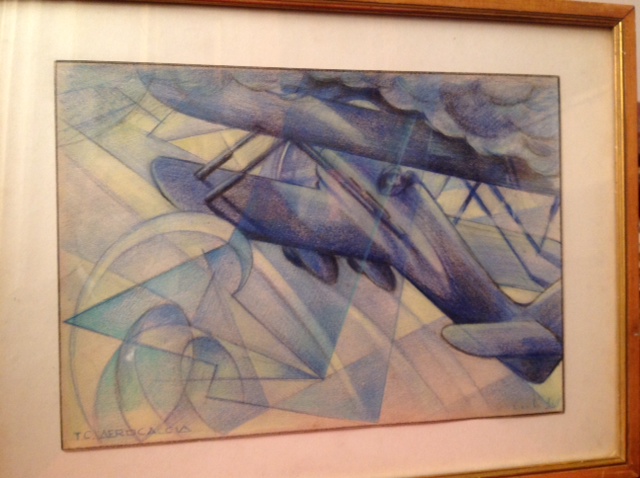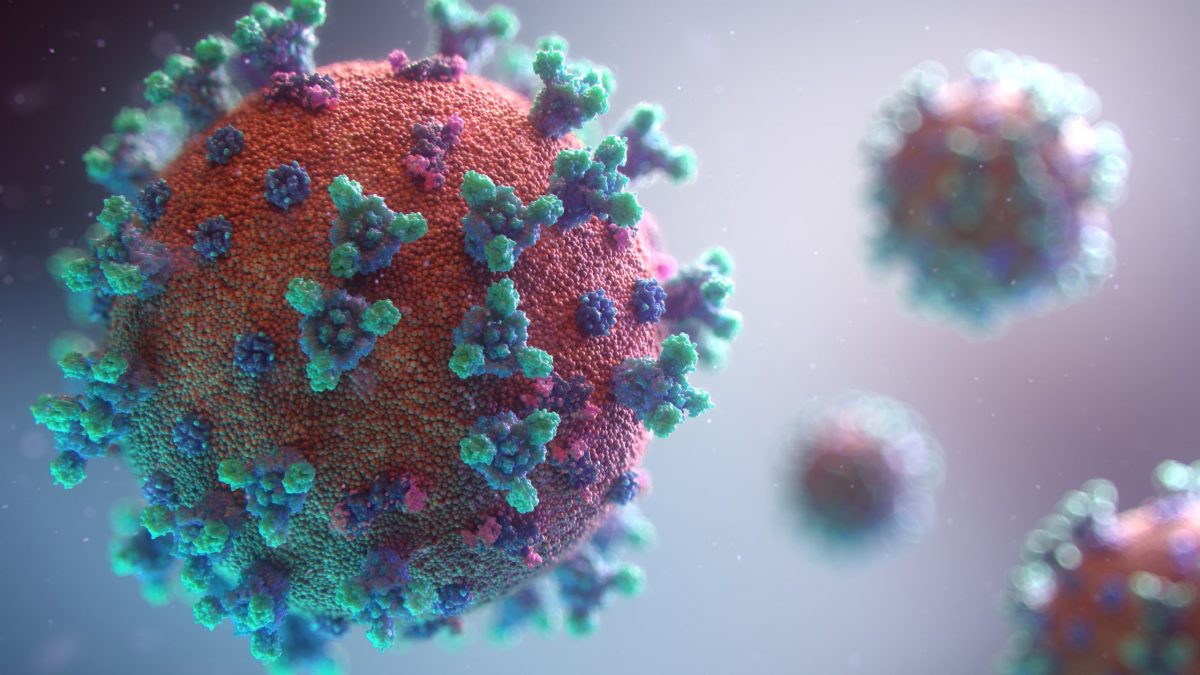A Holistic View on Patient Safety in Endoscopy
Patient safety in endoscopy must be approached from a holistic perspective, through solutions which increase detection rates of abnormalities, increase confidence in the safety of the reprocessing outcome, and control the risk of infection and cross-contamination.
Interpreting Dust Patterns – Antibiotic Matters
Dr Ian Ellul chats with Prof. Michael Borg on the nuts and bolts of MEETING PEOPLE antibiotic stewardship with all its subtle and not so subtle percolations.
A Touch of the ‘Devil’s Breath’
Michelle Muscat
TULLIO CRALI – A FUTURIST LIFE
Francesco Carelli, University of Milan For Tullio Crali (1910-2000) Futurism was not just a school of painting but an attitude to life itself.
New alphabestism and schools system
Francesco Carelli , University of Milan – Courses Organiser and Evaluator In the first survey in Milan ( city / town ) Cariplo Fundation found 14.000 students having no access to devices and connections in everyday life.
One hundred years ago….there was a “ jigsaw puzzle of a farmer”
Teaching and learning with Kasimir Malevich – By Francesco Carelli ( and Matteo ), Professor of Family Medicine, Milan , Rome
WILLIAM BLAKE
Francesco Carelli, University of Milan A visionary painter, printmaker and poet, Blake created some of the most iconic images in the history of British art and has remained an inspiration to artists, musicians, writers and performers worldwide for over two centuries. Online you can…
De Chirico in Milan
Francesco Carelli – University of Milan The Italian painter and writer Giorgio De Chirico was born in Volos (Greece) in an aristocratic Italian family. In 1906 he went to Italy, then lived in Florence, Milan, Ferrara, Rome, Venice and also abroad for some years, in Munich,…
Surviving with my illness at Covid19 time
Francesco Carelli from Milano
RAMBLINGS FROM WHAT I READ ABOUT CORONAVIRUS – 12th April 2020
by Dr Mario Saliba, Consultant Baromedicine Physician
New Developments in Breast Cancer Detection
by Pierre Vassallo – Imaging options for breast cancer detection have changed significantly over time. There are two goals that drive technological change in breast cancer imaging: a. improvement in diagnostic accuracy and b. reduction in radiation exposure to the breast.




